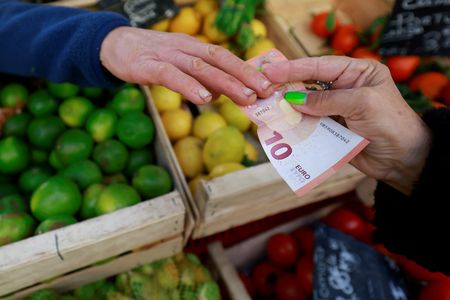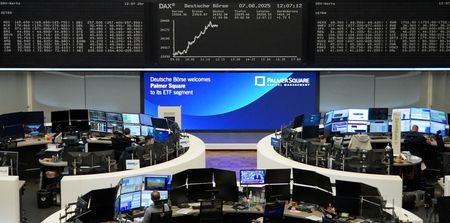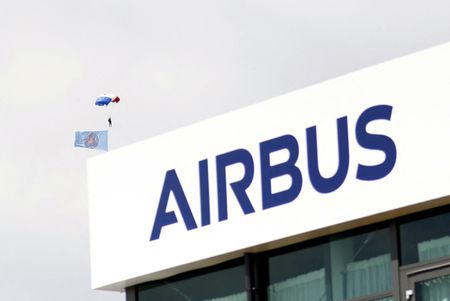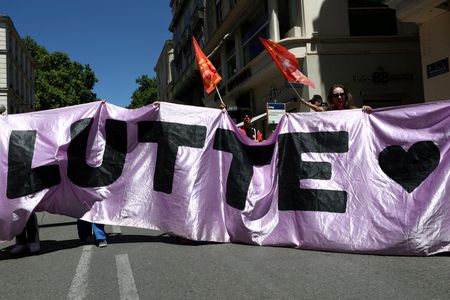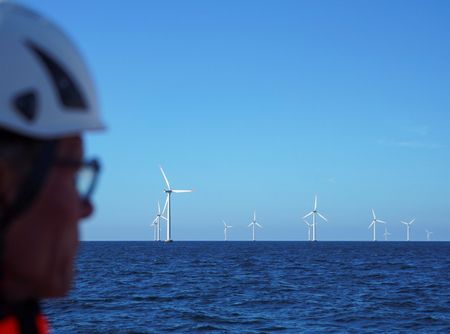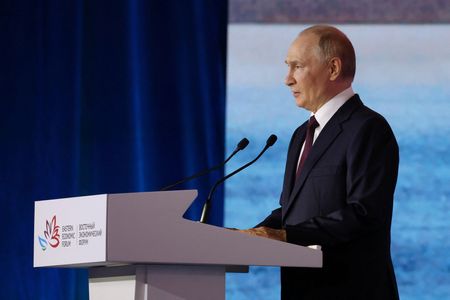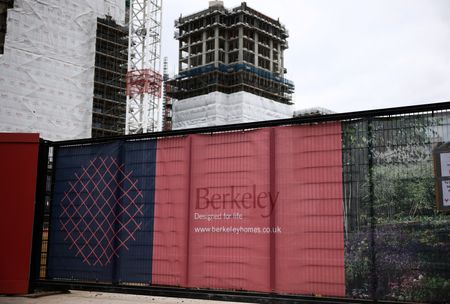FRANKFURT (Reuters) – Euro zone inflation eased as expected last month and a key measure of underlying price pressures also fell, likely adding to already widespread expectations for another European Central Bank interest rate cut later in April.
Consumer price growth in the 20 nations sharing the euro eased to 2.2% in March from 2.3% in February, in line with expectations in a Reuters poll, on a big drop in energy costs and slowing service inflation, Eurostat data showed on Tuesday.
A closely watched core figure, which excludes volatile food and fuel prices, slowed to 2.4% from 2.6%. That was below expectations for 2.5%, a likely relief for the ECB which has long worried about stubborn underlying price growth.
The ECB has cut interest rates six times since last June and investors are increasingly convinced of another such move on April 17 as the economy remains stagnant, energy prices have retreated and the euro has surged. A recent rise in long-term yields has meanwhile undone some of the ECB’s past efforts to lower borrowing costs.
While a looming trade war with the United States poses a fundamental threat to the euro zone economy, recent signals from the ECB suggest that inflation worries remain muted.
Tariffs and the inevitable retaliatory measures slow growth and push up prices, potentially creating an environment of stagnation with high inflation, commonly called stagflation.
But Luis de Guindos, the ECB’s vice president, last week argued that the hit to growth would be so detrimental, it would essentially extinguish the extra price pressure, leaving just a “short-lived” impact on prices.
ECB President Christine Lagarde has said a trade war could subtract a half a percentage from the bloc’s economic growth, a huge hit given that last year’s overall expansion was just 0.9%.
Bolstering bets on rate cuts, price growth in services slowed to 3.4% from 3.7% as many policymakers had predicted.
Services have been the biggest headache for policymakers for the past year since inflation had been stuck near 4% for nearly all of 2024, challenging the narrative that easing wage growth is slowly extinguishing price pressures.
Food price inflation accelerated further, however, driven by a 4.1% increase in the cost of unprocessed foods.
The ECB last month said it expected inflation to hover near the current level for the rest of the year before falling to its 2% target at the start of 2026. But some have argued that recent changes in financing conditions point to an earlier date.
While a rate cut in April is far from a done deal, policy doves have been out in force making the case for a move even as hawks, who may plead for a pause, have been more quiet.
A potential source of concern may be that the labour market remains tight. Unemployment fell to an all-time low of 6.1% in February, separate Eurostat data showed on Tuesday.
Markets now see a 70% to 75% chance of cut in the ECB’s 2.5% deposit rate in April, with a move by June more than fully priced in. Rates are then seen coming down further in 2025, and investors see deposit rate bottoming out at 2.00% or 1.75% at the turn of the year.
(Reporting by Balazs Koranyi; Editing by Catherine Evans)

